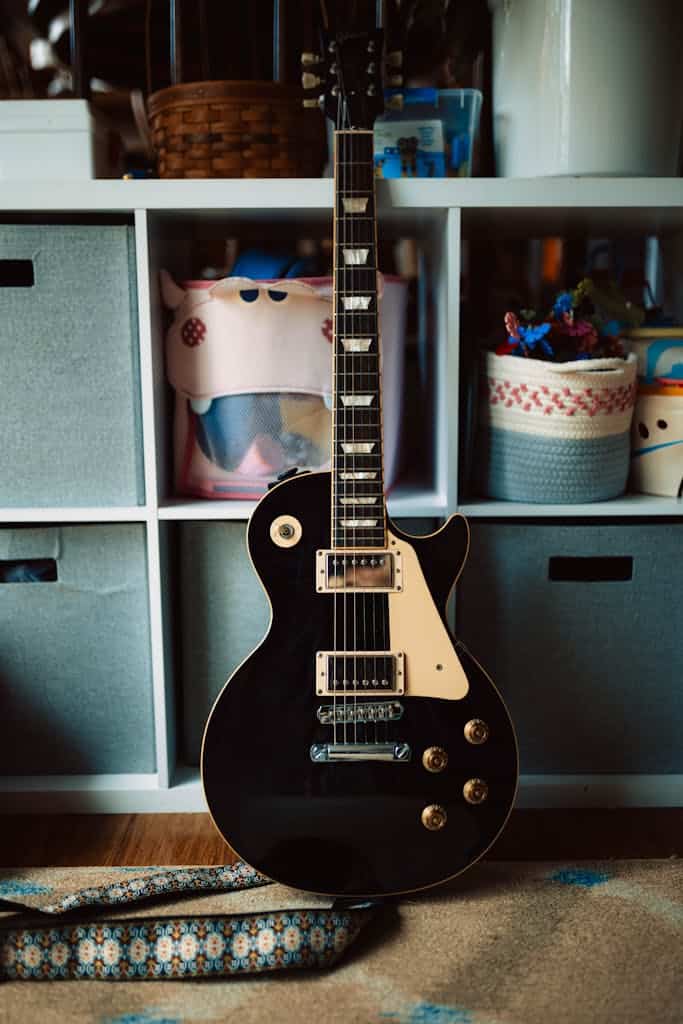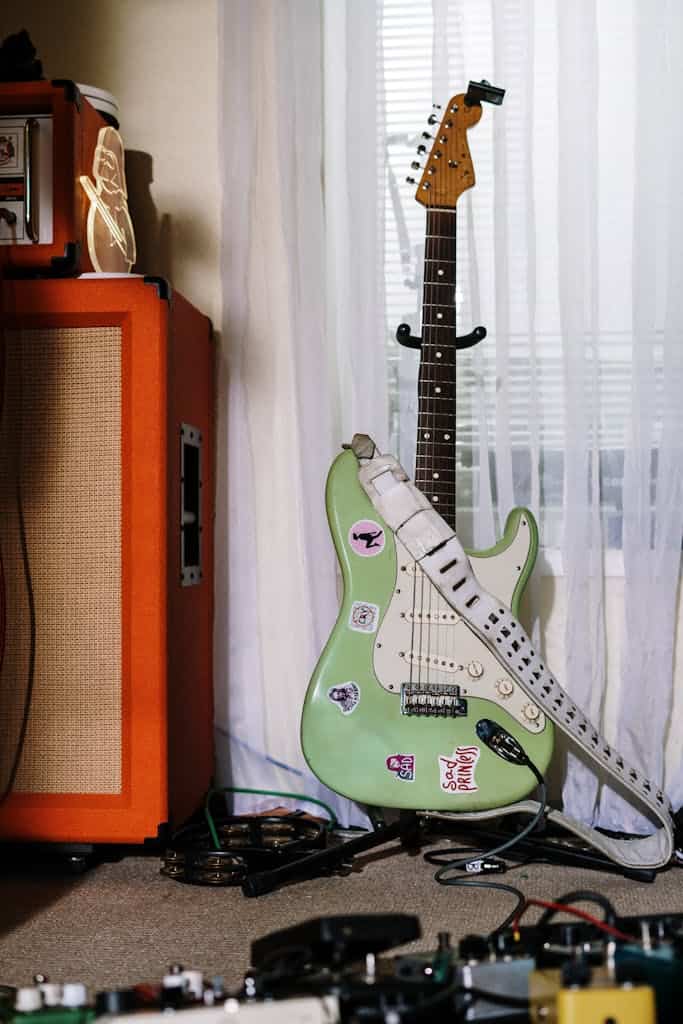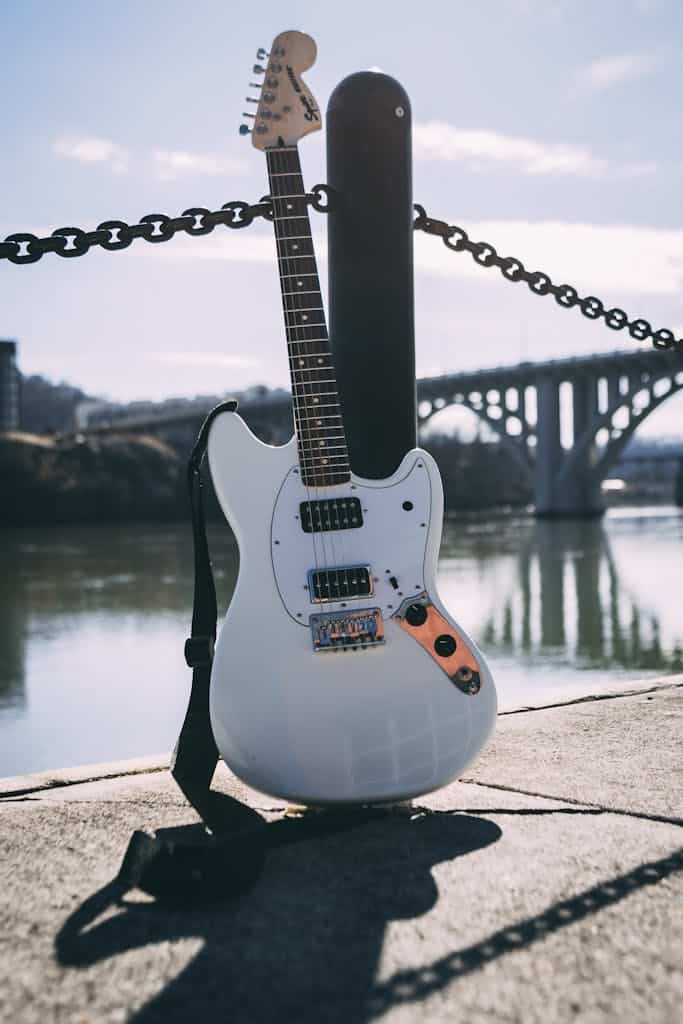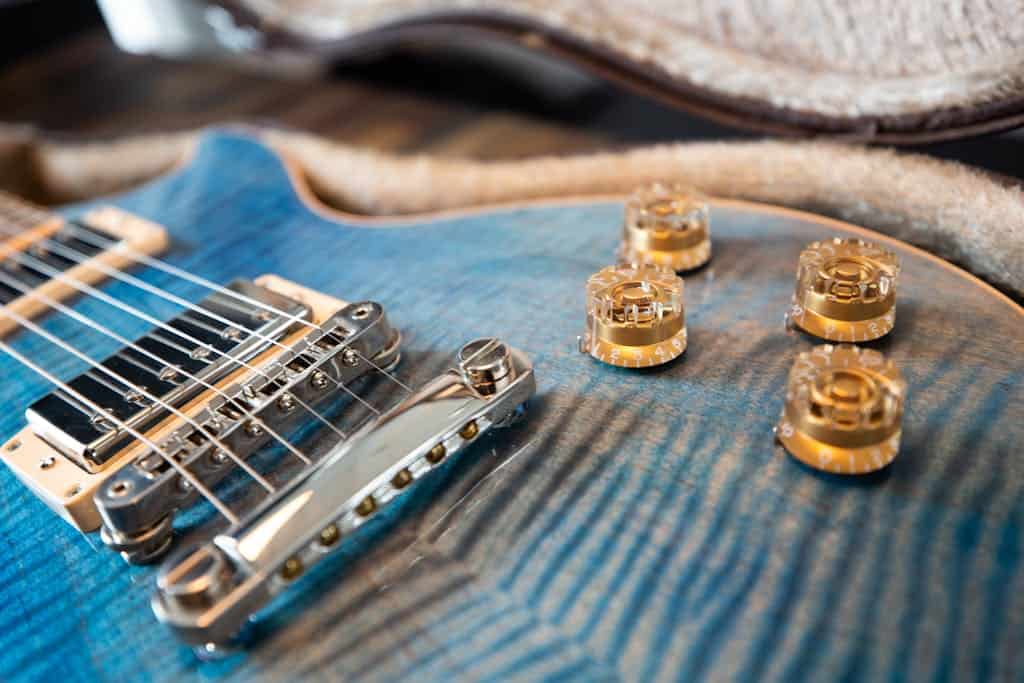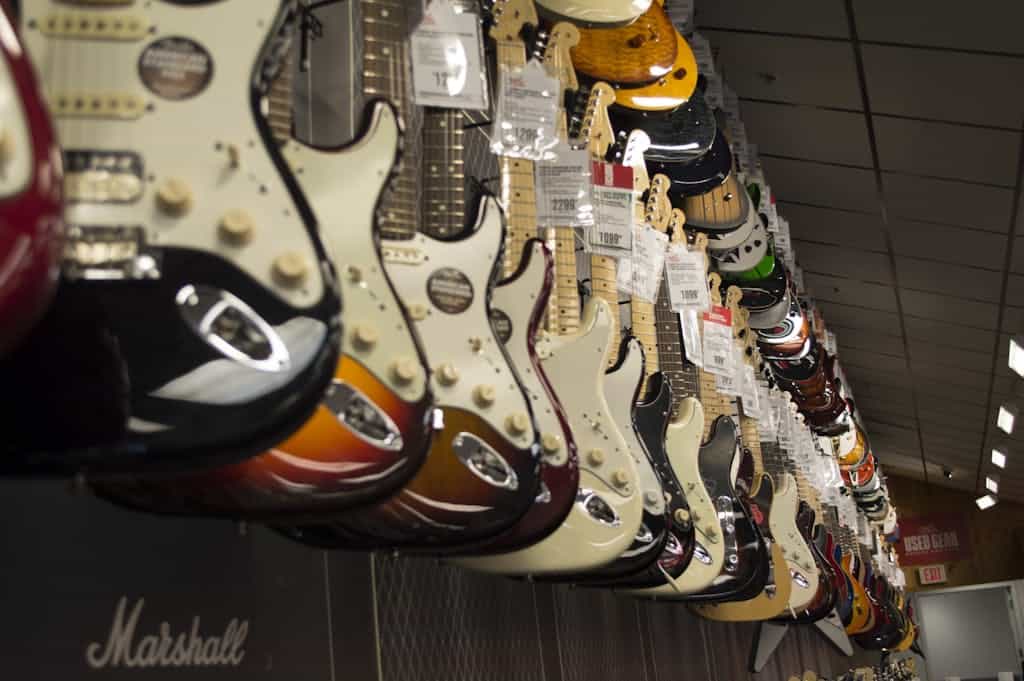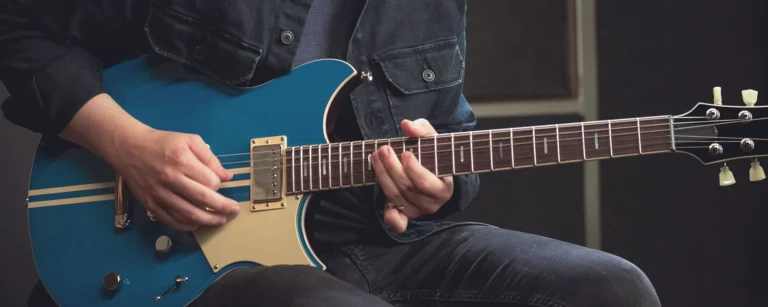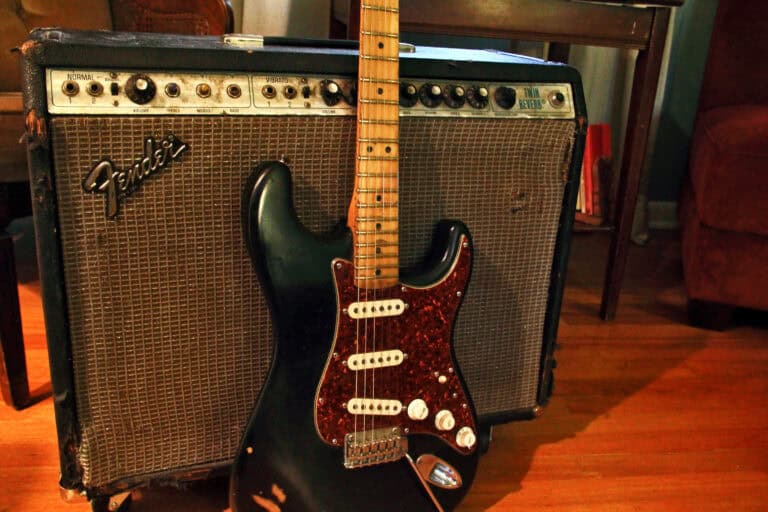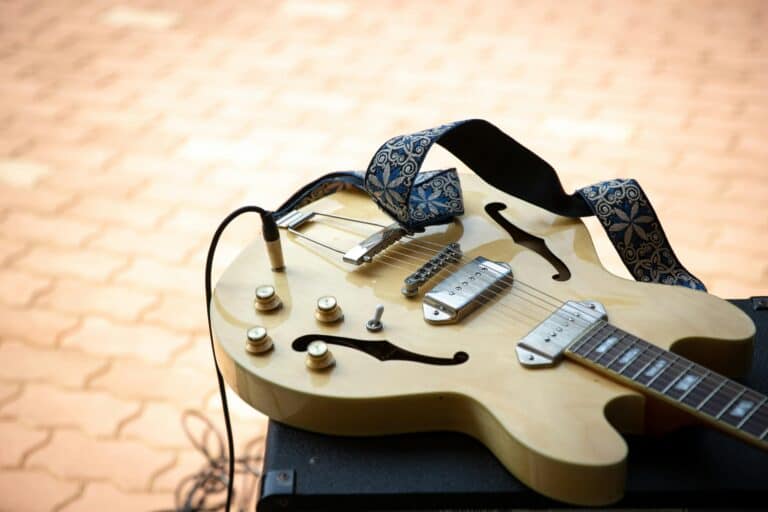The History of the Guitar: From Ancient Origins to Rock and Roll Icon
The guitar is one of the most enduring and influential instruments in human history. From its early predecessors to the revolutionary invention of the electric guitar, this instrument has shaped countless genres of music and inspired generations of musicians. Whether in the hands of classical virtuosos, blues pioneers, or rock and roll legends, the guitar remains a symbol of musical expression and innovation. This article explores the fascinating journey of the guitar, tracing its evolution from antiquity to its modern-day dominance in music.
The Early History of the Guitar
The origins of the guitar can be traced back thousands of years to ancient stringed instruments. The earliest known relatives of the guitar appeared in Mesopotamia around 3000 BCE. Instruments like the lute and oud, which featured a rounded body and multiple strings, became widely used across the Middle East and Europe.
By the Renaissance period (15th-16th century), the European lute and vihuela emerged as prominent stringed instruments. These instruments featured frets and were played using plucking techniques similar to modern fingerpicking. The baroque guitar of the 17th century refined these designs further, introducing five courses of gut strings and intricate tuning systems.
The Birth of the Modern Guitar
The transition from early stringed instruments to the modern guitar began in Spain during the late 18th and early 19th centuries. Spanish luthiers developed what is now known as the classical guitar, featuring a six-string configuration, a larger body for enhanced resonance, and a more comfortable playing shape. One of the most influential figures in this period was Antonio de Torres, whose innovations in guitar design laid the foundation for the modern instrument.
During the 19th century, steel-string guitars gained popularity, particularly in the United States. Unlike their classical counterparts, these guitars used metal strings, producing a brighter and louder sound that was well-suited for folk, country, and blues music. Companies like Martin and Gibson began manufacturing steel-string acoustic guitars, which would later become the standard for many musicians.
The Advent of the Electric Guitar
The early 20th century saw rapid advancements in guitar technology. As jazz and big band music gained popularity, guitarists struggled to make their instruments heard over brass and percussion sections. This led to the development of electric amplification.
In the 1930s, pioneering luthiers and engineers experimented with attaching pickups to guitars. The first commercially successful electric guitar, the Rickenbacker “Frying Pan,” was introduced in 1931, featuring a metal body and an electromagnetic pickup that converted string vibrations into electrical signals.
The real breakthrough came in the 1950s with the rise of solid-body electric guitars. Leo Fender introduced the Fender Telecaster in 1950, a simple yet highly effective design that became an industry standard. Soon after, in 1954, Fender released the Stratocaster, which featured three pickups, a contoured body, and a tremolo system that allowed for greater sonic versatility. Around the same time, Gibson, in collaboration with guitarist Les Paul, launched the Gibson Les Paul, a heavier, more sustain-oriented solid-body guitar.
These innovations revolutionized the instrument, making the electric guitar a central element of popular music.
The Guitar’s Role in Rock and Roll History
As rock and roll emerged in the 1950s, the guitar became the defining instrument of the genre. Early rock pioneers like Chuck Berry, Buddy Holly, and Bo Diddley showcased the electric guitar’s rhythmic drive and melodic capabilities. Berry’s use of double stops and driving riffs laid the groundwork for the guitar as a lead instrument in popular music.
The 1960s saw the guitar reach new heights with the British Invasion. Bands like The Beatles, The Rolling Stones, and The Who made the instrument the centerpiece of their sound. The decade also saw the rise of guitar heroes like Jimi Hendrix, David Gilmour, and Jimmy Page, who expanded the possibilities of the guitar through innovative techniques such as feedback, distortion, and wah pedals.
The 1970s and 1980s brought further developments in guitar-driven music. Hard rock, heavy metal, and punk rock all relied heavily on the electric guitar, with players like Eddie Van Halen pioneering tapping techniques, and Randy Rhoads incorporating classical influences into metal. The advent of digital effects and amplifiers further expanded the tonal range of the instrument.
Famous Guitar Players and Their Influence
Throughout history, certain guitarists have left an undeniable mark on the instrument’s evolution. Here are a few of the most influential:
- Andrés Segovia – The father of modern classical guitar, who helped establish the instrument as a serious concert instrument.
- Robert Johnson – A blues pioneer whose recordings in the 1930s laid the foundation for modern blues and rock music.
- Chuck Berry – One of rock and roll’s earliest guitar icons, known for his energetic performances and innovative licks.
- Jimi Hendrix – Revolutionized electric guitar playing with his use of feedback, distortion, and inventive phrasing.
- David Gilmour – Known for his melodic phrasing and atmospheric soundscapes with Pink Floyd.
- Jimmy Page – Combined blues, folk, and hard rock in his work with Led Zeppelin, creating some of the most memorable riffs in history.
- Eddie Van Halen – Brought technical mastery to the forefront with his groundbreaking tapping and harmonics.
- Stevie Ray Vaughan – Reinvigorated blues guitar with a fiery, passionate playing style.
The Guitar in the Modern Era
Today, the guitar continues to evolve with advancements in digital modeling, multi-effects processors, and even AI-driven instruments. Modern players have access to an unprecedented range of tones, from vintage tube amp simulations to futuristic synth-like sounds.
The internet has also transformed how guitarists learn and share music. Platforms like YouTube, Instagram, and TikTok allow players to showcase their skills and reach a global audience. Online lessons and interactive learning apps have made mastering the guitar more accessible than ever.
Despite technological advancements, the essence of the guitar remains the same. Whether played on an old acoustic in a dimly lit club or shredded through a high-gain amplifier in a stadium, the guitar continues to be a vessel for raw emotion and musical storytelling.
Conclusion
The history of the guitar is a testament to its enduring appeal and adaptability. From ancient instruments to the electric revolution, from the blues to rock and roll, the guitar has remained at the heart of music’s evolution. It has given voice to generations of musicians, broken barriers between genres, and inspired some of the greatest artists of all time.
No matter how music changes, the guitar will always hold a special place in the hearts of musicians and listeners alike. As long as there are stories to tell, emotions to convey, and music to be made, the guitar will remain the instrument of choice for those who seek to express themselves in the most powerful way possible.
